INTRODUCTION
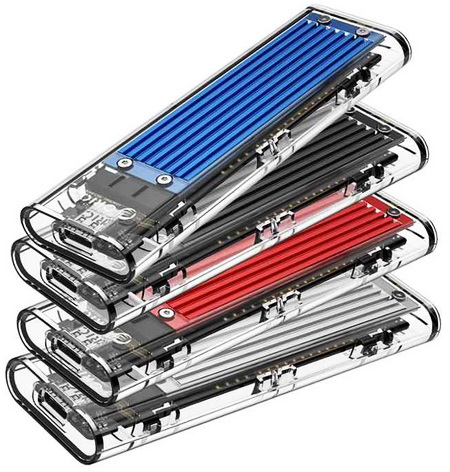
Solid state drive prices have reached an all-time low and so consumers who are looking for read and write performance levels surpassing 1000MB/s can now find even 1TB PCIe NVMe models priced at around the $100/100Euros mark. Now PCIe NVME models may have been around for a while now but not many SSD manufacturers have actually focused their resources in the design, development and release of portable SSD models based on them so consumers looking for affordable M.2 NVMe portable solutions are out of luck. Unfortunately, unlike 2.5" SSD models there aren't that many M.2 NVMe compatible external enclosures out in the market currently and so if you'd like to "make" your very own portable solution your choices are limited at best. ORICO just released not one but two M.2 NVMe USB 3.1 Gen 2 (10Gbps) compatible enclosures so we decided to check them out.
ORICO Technologies Co. Ltd is an innovative national high-tech enterprise of USB data transmission and charging technology. Centre on USB/Type-C, ORICO designs and manufactures all kinds of personal, family and enterprise innovative practical products. In IT peripheral storage, ORICO takes the lead in integrating the advanced theory "EASY YOUR PC" into product design and manufacture, With innovative ideas and excellent quality, ORICO gets universal acceptance from users and now it has become the leading brand of the HD storage and peripherals in China.
In order to cater to a wider range of consumers ORICO released both the TCM2-C3 (available in red, blue, silver and black colors) and the PCM2-C3 (available in silver and grey colors) M.2 NVMe SSD enclosures. Both enclosures support all M.2 sizes (2230/2242/2260/2280), M.2 SATA and M.2 PCIe/NVMe models up to 2TB in capacity (although higher capacity models should also work) and are based on the JMS583 USB 3.1 Gen 2 to PCIe Gen3x2 Bridge Controller by JMicron which features support for TRIM and power-saving mode and is fully compliant with NVM Express v1.3, PCI Express Base Specification Revision 3.1a, Bulk-Only (BOT) and USB Attached SCSI (UASP Rev 4). The only differences between these two enclosures have to do with design/appearance (clear plastic housing for the TCM2-C3 and aluminum housing for the PCM2-C3) and passive cooling properties since the TCM2-C3 just has a top aluminum heatsink whereas the PCM2-C3 is entirely made out of aluminum. So basically, the PCM2-C3 seems like the better option of the two, at least when it comes to heat dissipation. So, let's move forward with today’s review and see what these two M.2 NVMe enclosures.
SPECIFICATIONS AND FEATURES


PACKAGING AND CONTENTS
Both enclosures arrived in identical boxes that have product pictures at the front right beneath the company logo and above their main features.
The box of the TCM2-C3 has its main features also printed on the left side whereas the box of the PCM2-C3 just has a 2D barcode.
Product pictures are also placed at the rear of both boxes right over the specification tables and the product serial numbers and barcodes.
ORICO has placed the enclosures inside formed pieces of plastic.
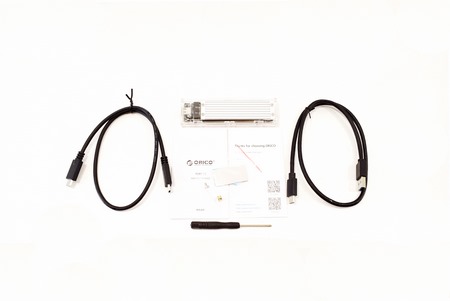
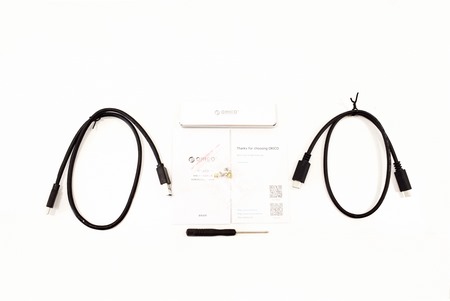
Inside both packages you will find the M.2 NVMe enclosures, USB type-C to type-C cables, USB to USB type-C cables, small screwdrivers, plastic bags with screws (the TCM2-C3 also has a bag with two pieces of silicon pads), thank you notes and the user manuals.
THE TCM2-C3 & PCM2-C3
Both enclosures are nearly identical so the TCM2-C3 measures 108mm in length, 34mm in width and 11.5mm in height while the PCM2-C3 measures 104mm in length, 29mm in width and 10mm in height.
In terms of external connectors both drives have the USB type-C ports at the front (the interior activity LEDs are located at the rear).
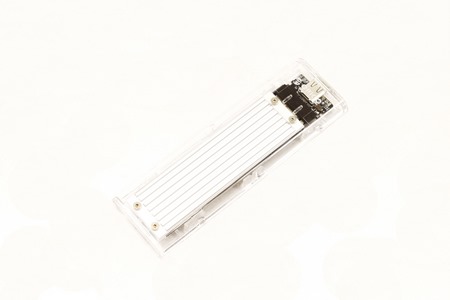
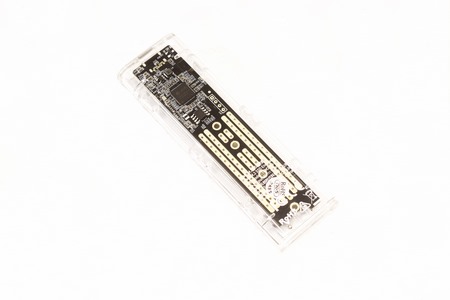 The TCM2-C3 may seem slightly "weaker" in terms of heat dissipation but at the same time its clear plastic enclosure looks nice.
The TCM2-C3 may seem slightly "weaker" in terms of heat dissipation but at the same time its clear plastic enclosure looks nice.
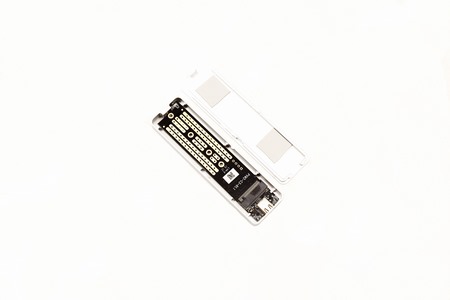
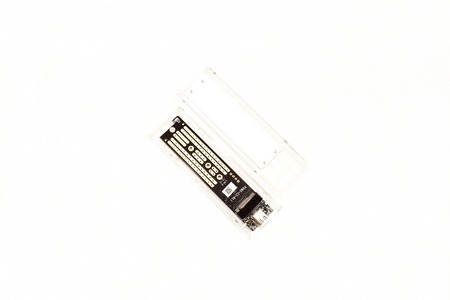 Both enclosures can open just by sliding their top ends.
Both enclosures can open just by sliding their top ends.
As mentioned earlier the JMicron JMS583 USB 3.1 Gen 2 to PCIe Gen3x2 Bridge Controller is the core of these enclosures.
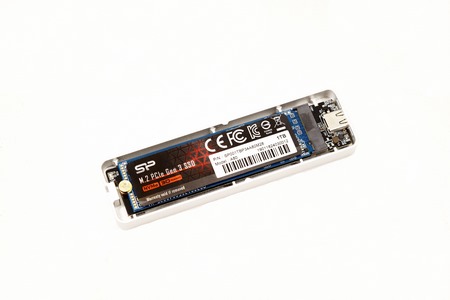
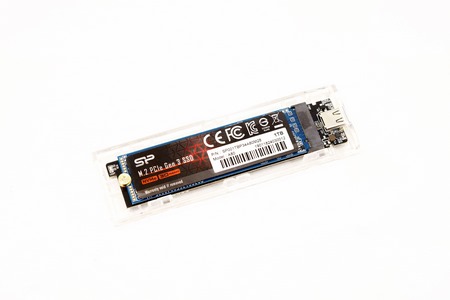 In order to maximize the performance of both enclosures for our tests we used the P34A80 1TB M.2 NVMe SSD by Silicon Power (review here).
In order to maximize the performance of both enclosures for our tests we used the P34A80 1TB M.2 NVMe SSD by Silicon Power (review here).
TEST BED
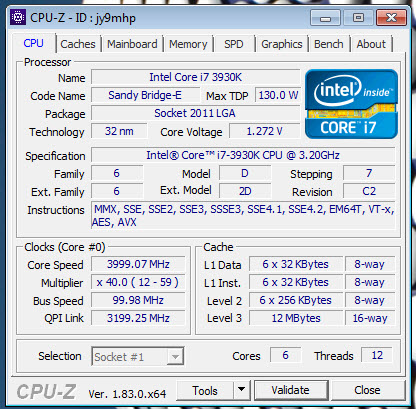

TESTING METHODOLOGY
Solid state drives are basically the same as USB flash drives and so we’re using almost the same testing methodology to successfully record achieved read & write performance numbers in our charts*. The benchmark suites used are HD Tach RW (Read Speeds / Long Bench 32mb Zone Testing), HD Tune Pro (Read speeds), Sisoftware Sandra Pro (Read / Write speeds), AIDA 64 Engineer Edition (Average Linear Read / Random Read speeds), Crystal Disk Mark x64 (100MB-1000MB Read / Write speeds) and finally ATTO (Max Read / Max Write speeds). Every test is repeated a total of 6 times after which the average performance numbers are recorded into our charts (0 = we were unable to complete that test).
All tests are performed with our main rig running Microsoft Windows 10 Pro installation on a HyperX Predator 480GB PCIe SSD with all updates installed up to the 13th of July 2019. As always for comparison purposes in the charts you will also find many other flash drivers which have been tested using the same exact test bench as the one in this review (we really can't keep every flash drive we get forever and also even if we could test them all again and again would simply not be possible).
* Since November 2018 we started new charts only for portable solid state drives.
TEST RESULTS - AIDA64 / ATTO


TEST RESULTS - HD TACH RW / HD TUNE PRO


TEST RESULTS - SISOFTWARE SANDRA PRO / CRYSTAL DISK MARK X64
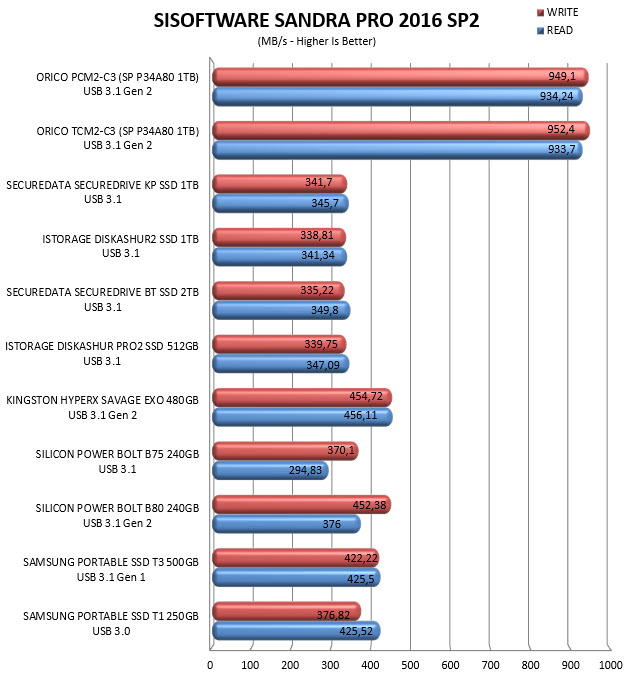

CONCLUSION
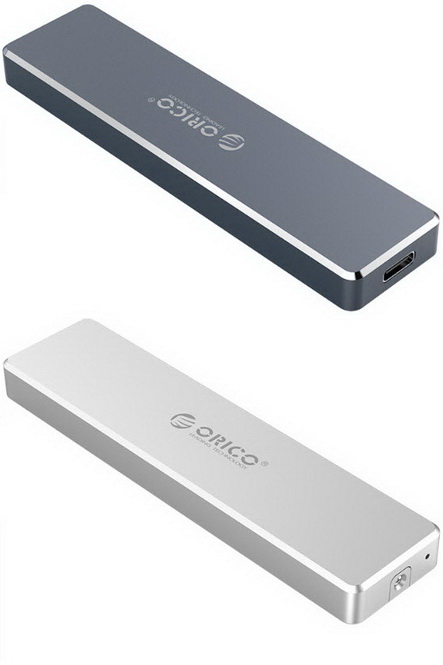
Before we continue with our final thoughts in regard to both M.2 NVMe enclosures by ORICO I think it's important to point out that by using the latest version of Crystal Disk Mark we achieved read and write performance numbers close to 900MB/s. To that end since we happen to still have every portable SSD we've tested to date here we'll be updating our charts with the latest version of Crystal Disk Mark and while we’re at it we’ll use the latest versions of ATTO and Sisoftware Sandra Pro as well from our next portable SSD review (we’ll also be using our latest Intel Core i9-7980XE test rig). With that out of the way it's clear from AIDA, ATTO and Sisoftware Sandra Pro that both the TCM2-C3 and the PCM2-C3 can indeed get very close to 1000MB/s but having used an M.2 NVMe SSD that can surpass 3000MB/s in reads and 2000MB/s in writes it seems that a Thunderbolt 3 solution would be a more "proper" fit. With that in mind you should remember to opt for a rather "basic" M.2 NVMe model with performance levels closer to 1000MB/s and not for one of the faster and more expensive ones (no need to spend more if you're not going to get what you paid for). In terms of heat dissipation, we were correct, the PCM2-C3 does a far better job compared to the TCM2-C3 but lower-spec M.2 NVMe models don’t get as hot so do keep this in mind as well.
At the time of this review the TCM2-C3 and PCM2-C3 M.2 NVMe enclosures retail for USD39.99/USD42.99 inside the USA (Amazon.com) and for 35.99Euros/45.99Euros inside the EU (Amazon.de) so these aren’t exactly the most affordable enclosures in the market today. Still they do offer impressive performance (at least as far as USB 3.1 Gen 2 goes), good heat dissipation (especially the PCM2-C3) and are available in many colors and so we really can’t deny them our Golden Award.

PROS
- Size / Weight
- Performance (10Gbps)
- Heat Dissipation
- M.2 Size Compatibility (2230/2242/2260/2280)
- Available Colors
- Bundle
CONS
- Price (For Some)

 O-Sense
O-Sense





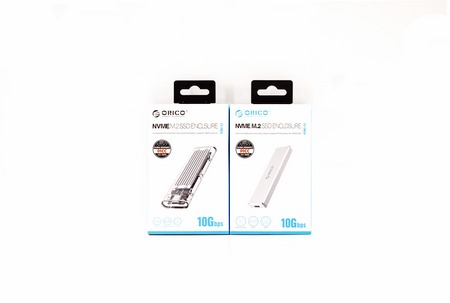
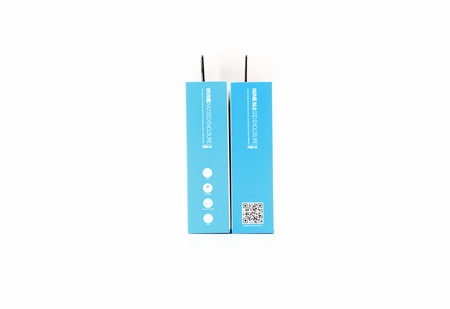
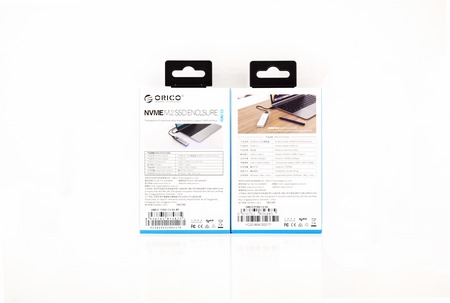
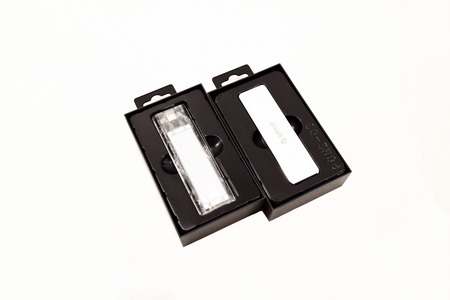
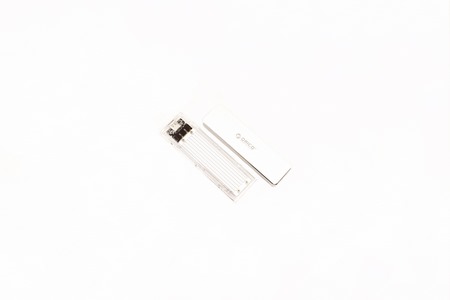
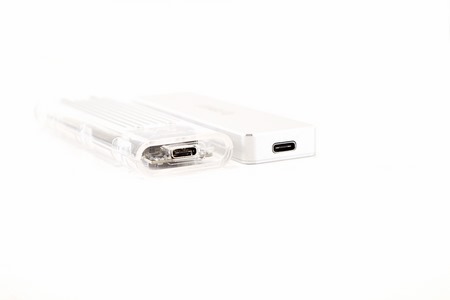
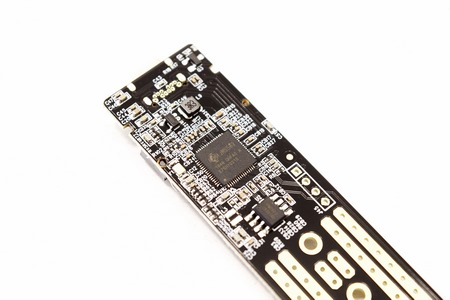


.png)

